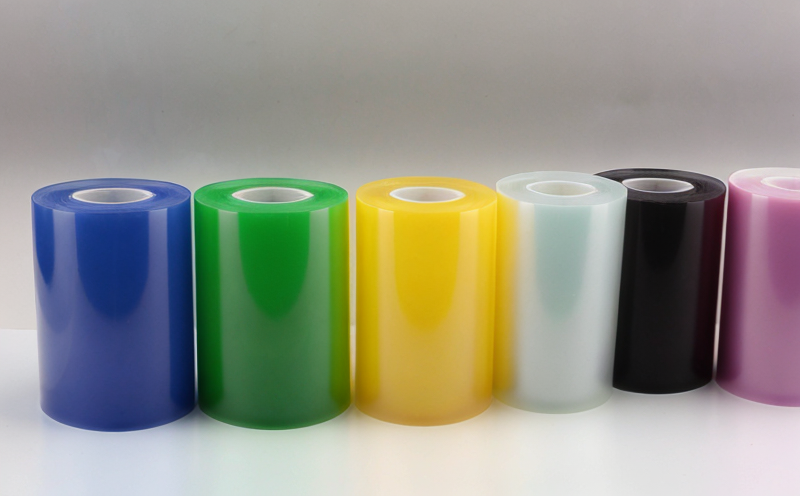DIN EN ISO 11469 Marking and Identification Testing of Plastic Films
The DIN EN ISO 11469 standard is pivotal for ensuring the accurate, durable, and consistent marking and identification of plastic films. This service guarantees that manufacturers can reliably communicate critical information about their products to end users. Compliance with this standard ensures product traceability, which is crucial in industries where regulatory compliance and quality assurance are paramount.
Plastic films play a vital role across various sectors including packaging, pharmaceuticals, electronics, and construction. Accurate marking not only enhances safety but also supports supply chain transparency and consumer trust. This service ensures that the marking is both visible under specified conditions and durable enough to withstand the intended storage or usage environment.
The testing process involves several key steps: preparation of specimens according to ISO standards, application of different types of marking (e.g., printing, embossing), exposure to various environmental factors, and evaluation using specific instruments. The standard requires that the markings remain legible and intact under defined conditions over a specified period.
For instance, in the packaging sector, accurate identification is critical for tracking product batch information, which can directly impact traceability requirements during recalls or quality audits. In pharmaceuticals, marking standards ensure that critical instructions are visible to healthcare professionals and patients alike.
The service also includes a review of current industry practices and regulatory changes related to marking and identification. This ensures clients stay ahead of evolving standards and expectations, thus maintaining competitive advantage in the market.
- Testing for visibility under different lighting conditions
- Evaluation of durability against environmental factors like humidity and temperature
- Assessment of legibility after mechanical stress or chemical exposure
- Verification of compliance with specific marking requirements as per DIN EN ISO 11469
The service also offers insights into best practices for product design, ensuring that the markings are not only compliant but also enhance the overall functionality and safety of the product.
Scope and Methodology
The scope of DIN EN ISO 11469 marking and identification testing encompasses a variety of tests designed to evaluate the performance of markings on plastic films under controlled conditions. The methodology includes several key components:
- Preparation of Specimens: Samples are prepared according to the standard's specifications, ensuring uniformity across all test samples.
- Type of Marking: Various marking techniques such as printing and embossing are tested to determine their effectiveness under different conditions.
- Environmental Exposure: Samples are exposed to controlled environmental factors like temperature, humidity, and light to assess the durability of the markings over time.
- Evaluation: Instruments such as spectrophotometers and microscopes are used to measure the legibility and permanence of the markings.
The testing process is designed to ensure that all critical information remains clear and accessible throughout the product lifecycle, thereby enhancing safety and compliance. This comprehensive approach ensures that clients receive accurate and reliable test results which can be used to make informed decisions about their products' labeling practices.
Customer Impact and Satisfaction
- Enhanced Product Quality: By ensuring compliance with DIN EN ISO 11469, our service helps clients maintain high standards of product quality.
- Increased Consumer Trust: Accurate and durable markings contribute to consumer confidence in the products they purchase.
- Regulatory Compliance: Our testing ensures that all labeling requirements are met, thus avoiding legal issues and fines.
- Supply Chain Efficiency: Clear and consistent marking improves traceability within supply chains, facilitating smoother operations.
Environmental and Sustainability Contributions
By ensuring that product markings remain visible and legible under various environmental conditions, this service supports a more sustainable approach to product design. This is particularly important in sectors where long-term durability of packaging or other products is crucial.
The use of marking techniques that are both effective and environmentally friendly contributes to reducing waste by ensuring that products can be accurately identified even after extended use or environmental exposure. Additionally, the service supports industry-wide efforts towards more sustainable practices by offering insights into best marking practices that minimize environmental impact while maintaining product integrity.





